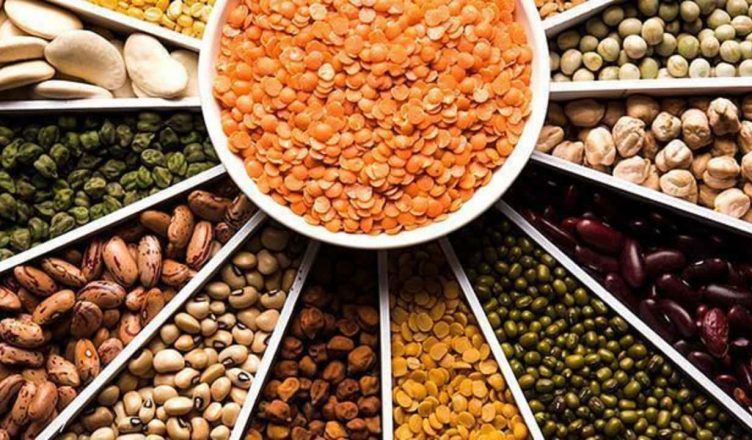World Pulses Day is an annual celebration of the power of pulses—legumes like peas, beans, and lentils. Every February 10, we recognize pulse crops as a sustainable and nutritious food source that can help boost global food security. This year, World Pulses Day is particularly important as it marks the halfway point of the United Nations’ Decade of Action on Nutrition (2016-2025). As part of this decade-long commitment to better nutrition worldwide, it’s all the more important to understand why pulses are so vital to our health and well-being. This blog post will explore what World Pulses Day is all about, why pulses matter, and how you can get involved in this global movement for healthy eating.
What are Pulses?
Pulses are a type of legume that includes beans, lentils, and peas. They are an important part of many diets around the world and are a good source of protein, fiber, and other nutrients.
Pulses are often used as a meat alternative or in addition to meat in dishes. They can be cooked in many different ways and added to a variety of recipes. Pulse flour can also be used to make breads, pastas, and other foods.
Pulses are a sustainable crop that can be grown in many different climates. They require less water than other types of crops and can help improve soil health. Pulses also have a lower carbon footprint than other animal-based proteins.
World Pulses Day is an annual event that celebrates the role of pulses in food security and nutrition. It is held on February 10th each year.
Nutritional Value of Pulses
Pulses are an important part of a healthy diet, providing a variety of essential nutrients. Here are some of the key nutritional benefits of pulses:
1. Pulses are an excellent source of protein.
2. Pulses are low in fat and calories, making them ideal for weight loss or maintenance.
3. Pulses are a good source of fiber, which can help with digestion and promote regularity.
4. Pulses contain a variety of vitamins and minerals, including iron, potassium, and folate.
5. Including pulses in your diet may help to lower cholesterol and blood pressure levels.
World Pulses Day: Health benefits of pulses, history and observance of this day
Health Benefits of Pulses
Pulses are a type of legume that are typically dried and then cooked. They are an excellent source of protein, fiber, and other nutrients, and have been linked to a number of health benefits.
Pulses are a good source of protein and can be used as a meat alternative in many dishes. They are also high in fiber, which can help with digestion and weight loss. Additionally, pulses contain a variety of vitamins and minerals that can boost overall health.
Some research has shown that eating pulses regularly may help lower cholesterol levels and blood pressure. Additionally, pulses may help reduce the risk of heart disease and certain types of cancer. Pulses are also thought to promote gut health by providing beneficial bacteria for the gut microbiome.
Overall, pulses are a nutrient-rich food that offer numerous health benefits. Including them in your diet is a simple way to improve your health and well-being.
5% GST on pre-packed, labelled flour, pulses of less than 25kg, curd less than 25 ltr
Different Types of Pulses
Pulses are the edible seeds of legume plants, and there are many different types available. Some common varieties include lentils, beans, and peas. Each type of pulse has its own unique flavor and texture, making it ideal for a variety of recipes.
Lentils are small, round, and have a earthy flavor. They cook quickly and are often used in soups or as a side dish. Beans come in a wide variety of shapes and sizes, from small black beans to large kidney beans. They have a milder flavor than lentils and take longer to cook. Peas are small, green, and have a sweet flavor. They can be eaten fresh or cooked, and are often used in salads or as a side dish.
Each type of pulse has its own nutritional benefits, so choose the ones that best fit your needs. Pulses are an excellent source of protein, fiber, and vitamins and minerals like iron and potassium. They’re low in fat and calories, making them a healthy choice for those watching their weight. So whether you’re looking for a quick meal or something to keep you full all day long, pulses are a great option!
Conclusion
World Pulses Day is a great opportunity to explore the nutritional benefits and global impact of pulses. It’s an important reminder about why we should be eating more plant-based proteins like beans, lentils, and peas in our diets. Plus, it provides us with a way to celebrate the diversity of cultures around the world that rely on pulses as one of their main sources of nutrition. So mark your calendars for February 10th — World Pulses Day!


















